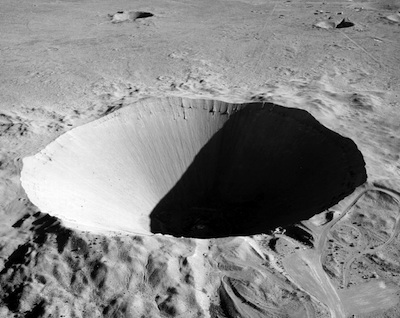WORKING ON VOLCANIC MATTER is a research with as startingpoints the unknown fact that Holland has a volcano and a book on volcano’s from the Natural History Library in Teylers museum.
It was showed during RE/COLLECTING an evening organized for the Outlet Inn in the context of the Object Lag at Nieuwe Vide Haarlem together with Charlotte Rooijackers, Martine Derks and Mark Mulder. Charlotte Rooijackers and Martine Derks gave a performative lecture called BEST MUSEUM, GEACHTE GASTEN the result after a week long research at Teylers museum. Mark Mulder gave a lecture on the Immaterial aspect of the Object in Anthropology.
The presentation of WORKING ON VOLCANIC MATTER contained:
- A table with 8 piles A4 prints, three with text and five with photographs
- A slide projection of a selection pages Campi Phlegraei, Observations on the Volcanos of the two Sicilies (1776) by William Hamilton
- Three photographs pinned on the wall
- A lava specimen (Etna)
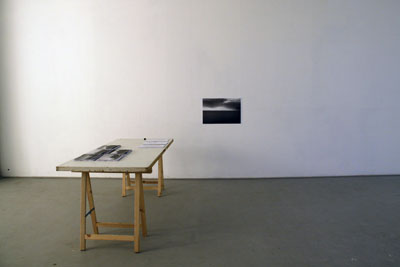
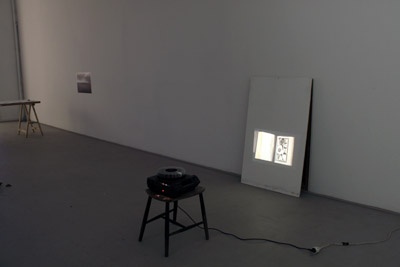

Text 1
De Schuttevaer, Weekly specialist magazine concerning shipping
Saturday 24 January 2009
Extinct volcano in the layers of the earth underneath the Waddensea, The Netherlands
The volcano originated in the period that the continental plate where Turkey and Iran are situated was moving in northern direction and collided with Europe. The pressure in the earth’s crust increased locally. Via the same mechanism the distinct volcanoes in Eiffel Germany probably originated.
Warm rocks
The volcano was discovered in 1970 when specimens with a volcanic origin were found during a search for gas fields. The volcano is not active anymore, but it still glows after extinction. Its temperature is about 30°C higher than normal at that depth. The volcano is 160 million years old and was active for million years. Life on earth existed even in this period: natural gasses that were formed out of plants and animals had sunk to the bottom of the sea.
Compass deviation
Volcanic rocks come out of the interior of the earth were the level of iron is very high. When the volcano was active it brought a high amount of iron to the former surface. At first, this iron holding rocks were fluid. During the solidifying process the iron parts pointed towards the then dominate magnetic field– a field that is not similar to the present one. In due time the magnetic field turned around a few times. The magnetic north then was located in the south. That’s why directly under the surface of the bottom of the sea one can find an extra amount of deviated magnetic iron. This results in a local deflection of the magnetic field. Since 1722 measurements have been made at the magnetic field. The Dutch physicist and astronomer P. van Musschenbroek (1692-1761) even made daily measurements on the variation of the magnetic field. On the basis of these measurements it could have become clear that there had to be a strange disruption in the crust of the earth. End text 1
Could it be that because I am born in one of the flattest countries in the world, I developed some kind of Fernweh to mountainous landscape? I only climbed once in my live a volcano, at some point the solidified lava was too hot to stand on. How fascinating that this volcano in Holland is still a bit ‘warm’ and that it evokes a compass deviation.
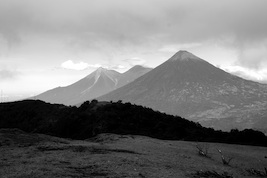
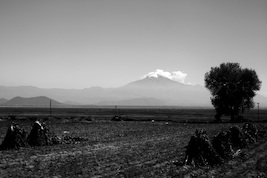
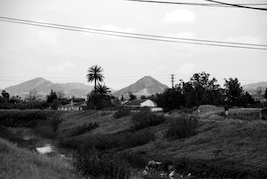
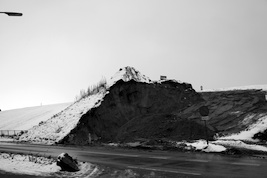
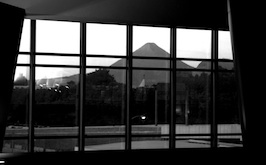
The Natural history library of Teylers museum, (Teylers is the Netherlands’ first and oldest museum, open to the public since 1784) contains the most exclusive books from the 18th and 19th century literature. One of these books is Campi Phlegraei, Observations on the Volcanos of the two Sicilies (1776) by William Hamilton a british diplomat and art collector who worked in Naples as ambassador. Nobody before Hamilton observed a volcano for such a long period so conscientious. For the Outlet Inn at Nieuwe Vide in Haarlem I was allowed to make slides of this exclusive book.
Susan Sontag wrote a novel; The Volcano Lover (1992) based on the live of William Hamilton. The following excerpt describes two different ways of thinking about a volcano; one from a 17th century religous perspective an the other from an enlighten point of view:
Text 2
Susan sontag, The Volcano Lover
The Cavalier’s great predecessor of a century earlier in love of volcanoes , Anthanasius Kircher, had watched Etna and Vesivius in action and had himself lowered by a pulley into their craters. But these close-up observations taken at such risk and with so much discomfort (how his eyes must have stung from the fumes, how his torsi must have ached from the ropes), dit not deter the wily Jesuit from proposing a wholly imagined account of the volcano’s inside. The pictures illustrating his Mundus Subterraneus show Vesivius, in cross section, as a hollow shell enclosing another world, furnished with sky, trees, mountains, valleys, caverns, rivers of water as well as fire. The Cavaliere wondered if he dared try a descent into the volcano, while it still remaind quiet. Of course, he no more envisaged that he would find Kircher’s Netherworld than he thought the volcano was the mouth of hell or that an eruption, like a famine, was a divine chastisement. He was a rational person, afloat in a sea of superstition. A connoisseur of ruins, like his friend Piranesi in Rome, for what was the mountain if not a great ruin? A ruin which could come alive and cause further ruin. End text 2
What to observe when the volcano is missing? Last winter I went on a boot trip over the volcano to take a picture of the place were it is located. In the past I must have crossed about 20 times the sea surface where the volcano lies underneath without knowing. But was does this knowledge add to the experience if it is not visible? From now on, the drilling platform is a landmark with a new connotation: top of the volcano.
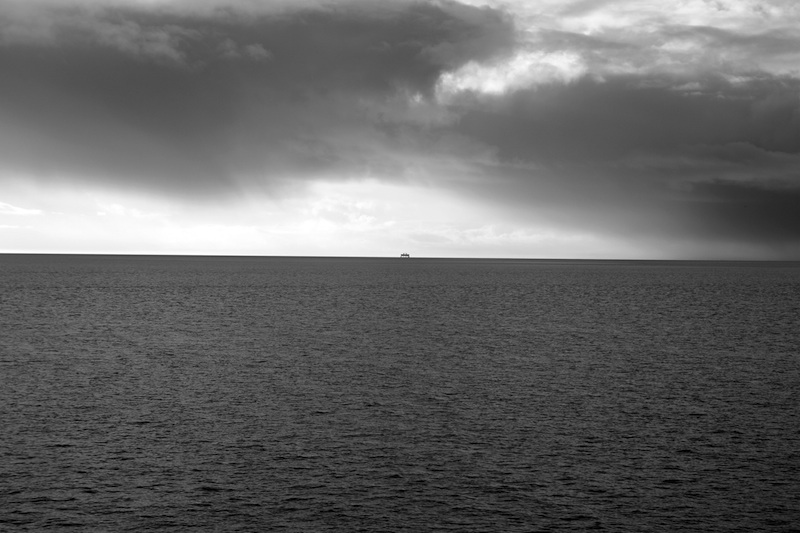
Text 3 Is an excerpt of one of the letters Hamilton wrote to the Royal Society on his observations publihed in Campi Phlegraei, Observations on the Volcanos of the two Sicilies. He describes the ‘growing’ proces of a small mountain in the crater of Vesuvius. A mountain that after eight month grows above the rim of the crater.
-I had watched the growing of this little mountain , and by taking drawings of it from time to time, I could perceive its increase moil minutely. I make no doubt but that the whole of Mount Vefuvius has been formed in the same manner ; and as these observations seem to me to account for the various irregular strata, which are met with in the neighbourhood of Volcanos (…). End text 3
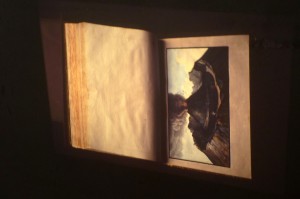
An other excerpt from The Volcano Lover I would like to add (which was not in the presentation) is the following one in which the act of collecting is described:
-From then on, the mountain was never free of its smoking wreath, the occasional toss of blazing scoriae, the spurt of fire, the dribble of lava. And now he knew what to do whenever he climbed the mountain. He gathered specimens of cooling lava in a leather pouch lined with lead, he bottled samples of the salts and sulphurs (deep yellow, red, orange) that he fetched from scorchingly hot crevices in the crater top. With the Cavaliere any passion sought the form of, was justified by becoming, a collection. (Soon other people were taking away pieces of the newly interesting volcano, on their one climb up: but accumulating souvenirs is not collecting.) This was pure collecting, shorn of the prospects of profit. Nothing to buy or sell here. Of the volcano he could only make a gift, to his glory and the glory of the volcano. (…) Collecting the volcano was his disinterested passion. End
I can’t observe, collect or photograph this volcano in an empirical way, I have to find different ways to work on it.
